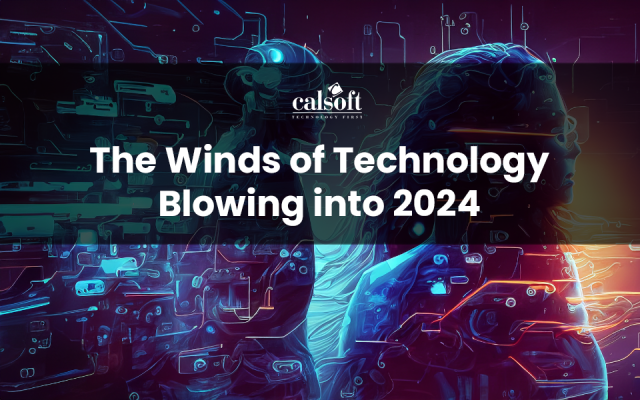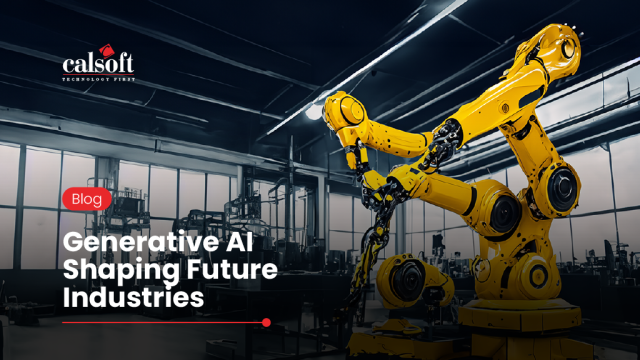In today’s Information technology world, Virtual Desktop Infrastructure (VDI) and Remote Desktop Services (earlier known as Terminal Services) are the most used terms and people often get confused between these two. Although they may have few similarities but it is important to get the understanding of both the concepts to get a clear idea.
Virtual Desktop Infrastructure (VDI):
Virtual Desktop Infrastructure (VDI) is a term used to describe users accessing a full desktop Operating System (OS) environment remotely. The desktop could be a normal PC or a Virtual Machine. VDI is a centralized desktop delivery solution. The concept of VDI is to store and run desktop workloads including a Windows client operating system, applications, and data in a server-based virtual machine (VM) in a data center to allow a user to interact with the desktop presented via Remote Desktop Protocol (RDP).
In a VDI deployment, there are two models, a static or persistent virtual desktop and a dynamic or non-persistent one. In static mode, there is a one-to-one mapping of VMs to users. In a dynamic architecture, on the other hand, there is only one master image of the desktop stored.
Benefits of VDI:
- Utilization of Same Image.
- Management of a Single OS Can Reduce Costs.
- Processing moves from individual workstations to a VDI server.
- Troubleshooting Problems is Easier.
- Data is More Secure.
Remote Desktop Services (RDS):
Formerly known as Terminal Services, multiple users share the same OS and applications running in the server, known as the “RD Session Host.” Shared sessions is the way Terminal Services handle thin clients. The user’s machine functions like an input/output (I/O) terminal to the central server. Software installation, configuration and updating is easier to control when the end user’s desktops run in a centralized datacenter, rather than in each end user’s PC. In addition, users can access their desktops from any computer running Remote Desktop Services (RDS).
Benefits of RDS:
- Single point of maintenance.
- Install once, use many.
- Reduced licenses expense.
- Solid Security.
- Lower Costs.
How VDI is different from RDS?
VDI is different from RDS in following ways:
- In a RDS environment multiple users can access a single environment, which could be customized on a per user basis but resources are not dedicated to a particular user. Whereas, In a VDI environment each user either accesses their own centrally hosted physical PC or VM or they can access a shared VM.
- Also, In a VDI environment physical CPU, Memory and Disk capacity can be allocated to particular user which stops one user’s actions affecting other users.
Different providers of VDI and their components:
VMware Horizon View:
VMware View provides remote-desktop capabilities to users using VMware’s virtualization technology. A client desktop operating-system – typically Microsoft Windows 7 or windows 10 – runs within a virtual environment on a server. The VMware View product has a number of components which are required to provide the virtual desktops, including:
- View Connection Server: It is a software service that acts as a broker for client connections.
- View Agent: It is a software service that is installed on all guest virtual machines in order to allow them to be managed by View.
- View Client: It is a software application that communicates with View Connection Server to allow users to connect to their desktops.
- View Client with Local Mode: It is a version of View Client that is extended to support the local desktop feature, which allows users to download virtual machines and use them on their local systems.
- View Administrator: It is a Web application that allows View administrators to configure View Connection Server, deploy and manage desktops, control user authentication, initiate and examine system events, and carry out analytical activities.
- vCenter Server: It is a server that acts as a central administrator and provides the central point for configuring, provisioning, and managing virtual machines in the datacenter.
- View Composer: It is a software service that is installed on a vCenter server to allow View to rapidly deploy multiple linked-clone desktops from a single centralized base image.
- View Transfer Server: It is a software service that manages and streamlines data transfers between the datacenter and View desktops.
Citrix XenDesktop:
Citrix XenDesktop is an application and desktop virtualization product that delivers complete Windows desktops and applications across virtual infrastructures developed and sold by Citrix Systems.
The components of Citrix XenDesktop are:
- Delivery Controller: The Delivery Controller is the central management component of any XenApp or XenDesktop Site. The Controller manages the state of the desktops, starting and stopping them based on demand and administrative configuration.
- Database: This database stores the data collected and managed by the services that make up the Controller.
- Virtual Delivery Agent (VDA): It enables the machine to register with the Controller, which in turn allows the machine and the resources it is hosting to be made available to users.
- StoreFront: StoreFront authenticates users to sites hosting resources and manages stores of desktops and applications that users access.
- Receiver: It is installed on user devices and other endpoints. It provides on-demand access to Windows, Web, and Software as a Service (SaaS) applications.
- Studio: Studio is the management console that enables you to configure and manage your deployment, eliminating the need for separate management consoles for managing delivery of applications and desktops.
- Director: Director is a web-based tool that enables IT support and help desk teams to monitor an environment, troubleshoot issues before they become system-critical, and perform support tasks for end users.
- License server: License server manages your product licenses.
- Hypervisor: The hypervisor hosts the virtual machines in your Site. A hypervisor is installed on a host computer dedicated entirely to run the hypervisor and hosting virtual machines.
Closing Thoughts:
Both RDS and VDI are core components of desktop virtualization, and they satisfy specific computing requirements and scenarios with deployment readiness and flexibility. VDI and RDS have peculiarities that adapt to the different needs of a business, but making a choice between them could be difficult for some companies.
[Tweet “Virtual Desktop Infrastructure (#VDI) Vs. Remote Desktop Services (#RDS) ~ via @CalsoftInc”]
Are you still wondering what’s best for you between VDI and RDS?






